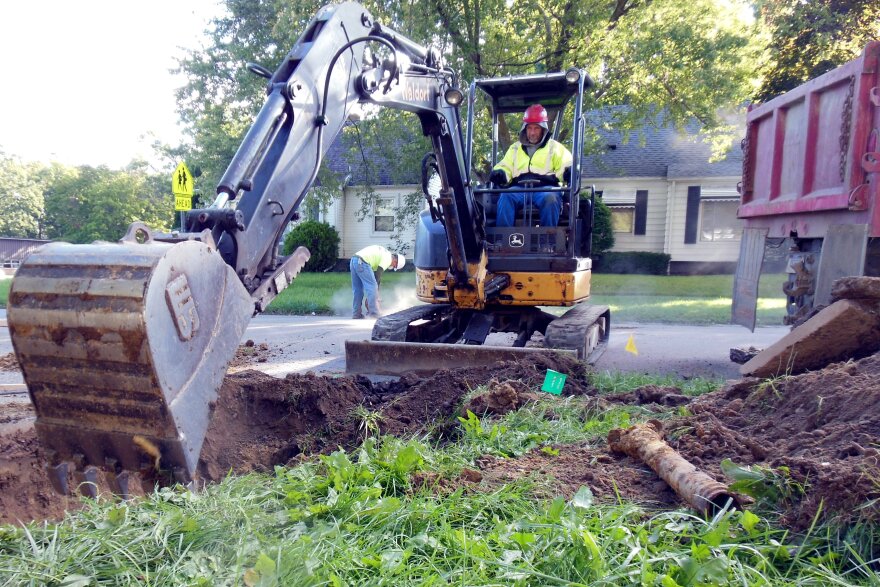The latest twice-a-year check of Flint’s water pipes shows drinking water is safe and the city is close to reaching a goal of replacing all lead service lines.
The study by the Michigan Department of Environment, Great Lakes and Energy (EGLE) shows lead levels in Flint water dropped slightly during the 1st six months of this year, which follows a steady pattern of improvement.
“The twice-yearly monitoring that’s been going on for a number of years now is showing the positive impact of the water infrastructure improvements that the City of Flint has made,” said Scott Dean of EGLE. He said 95 percent of Flint residences have had their lead lines replaced. Dean said the water system also has redundant protections in place.
“The city now has a completed backup line that gives them a secondary line of Great Lakes water coming into Flint so they will never, ever have to consider using the Flint River again now that they have a safe and reliable backup system,” he told Michigan Public Radio.
But he said the study does not take an extensive look at water pipes inside buildings.
“In an aging building with older plumbing, older fixtures that might have lead solder, things of that nature, upgrading interior plumbing is also a benefit in terms of further driving down those potential lead exposures,” he said.
He said rarely occupied commercial buildings can be a problem and people should run water for a while and flush toilets several times before using the water for drinking.
The Flint water crisis began after a state-appointed emergency manager disconnected the city from the Detroit system to instead draw water from the Flint River.






